Say What? Data Center Acronyms Clarified
Data center industry jargon is filled with acronyms and expressions. Even the most experienced professional can get caught off guard by a new term or...
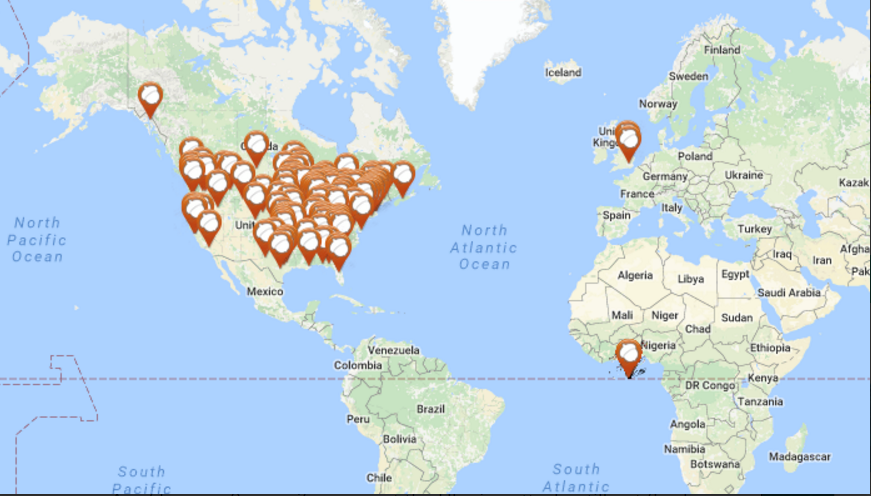
The stability of the power grid is important to people responsible for operating critical facilities such as data centers, and a great deal of effort is put into ensuring that all risks to the uninterrupted supply of power are anticipated and accounted for. So it's interesting to note that the power grid is most frequently "attacked" by squirrels.
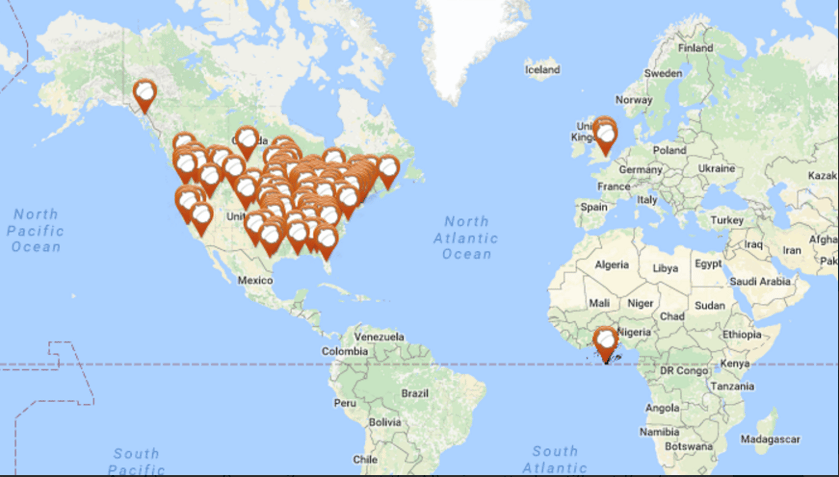
2016 Outages Attributed to Squirrels
The web site CyberSquirrel1, run by Cris "SpaceRogue" Thomas, presents the results of an analysis going back 35 years that shows squirrels were responsible for 913 of the 1774 animal-caused disruptions to power grids. Humans (in the guise of "state-sponsored agents") accounted for 3. Per a quote on the web site: "I don't think paralysis [of the electrical grid] is more likely by cyberattack than by natural disaster. And frankly the number-one threat experienced to date by the US electrical grid is squirrels." - John C. Inglis, Former Deputy Director, National Security Agency 2015.07.09
If you're interested in also knowing the amount of havoc wreaked by birds, beavers and jellyfish, visit cybersquirrel1.com.
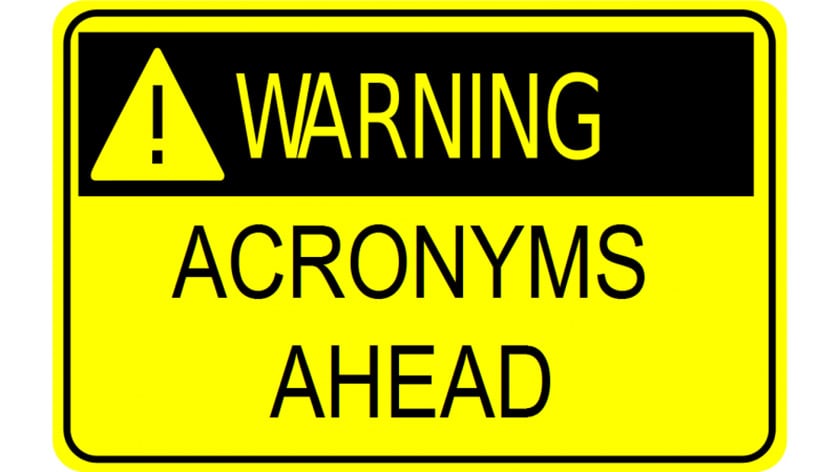
Data center industry jargon is filled with acronyms and expressions. Even the most experienced professional can get caught off guard by a new term or...
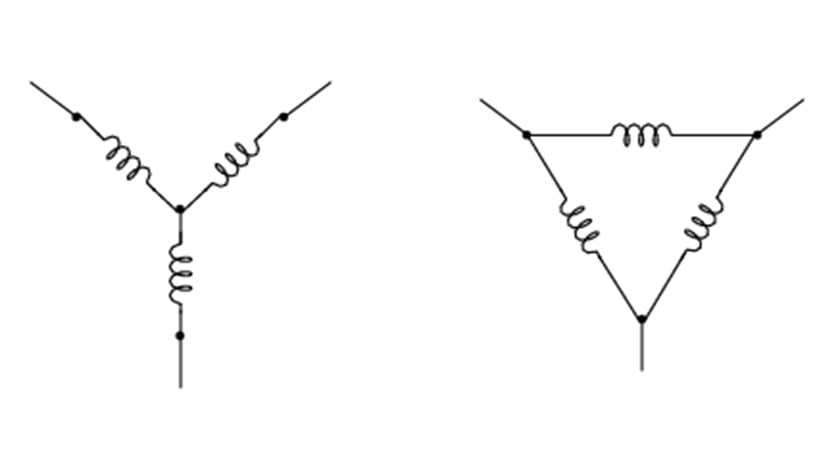
Electricity can seem both simple and confusing at the same time. A refresher on things like the differences between volts, amps and watts never...
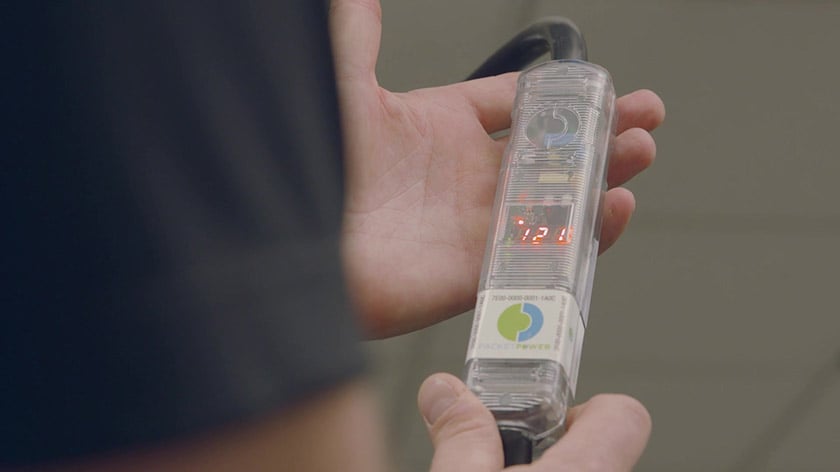
If you want to know how much power your equipment is using but don't want to pay costly electrician fees or deal with complex IT networks, a smart...